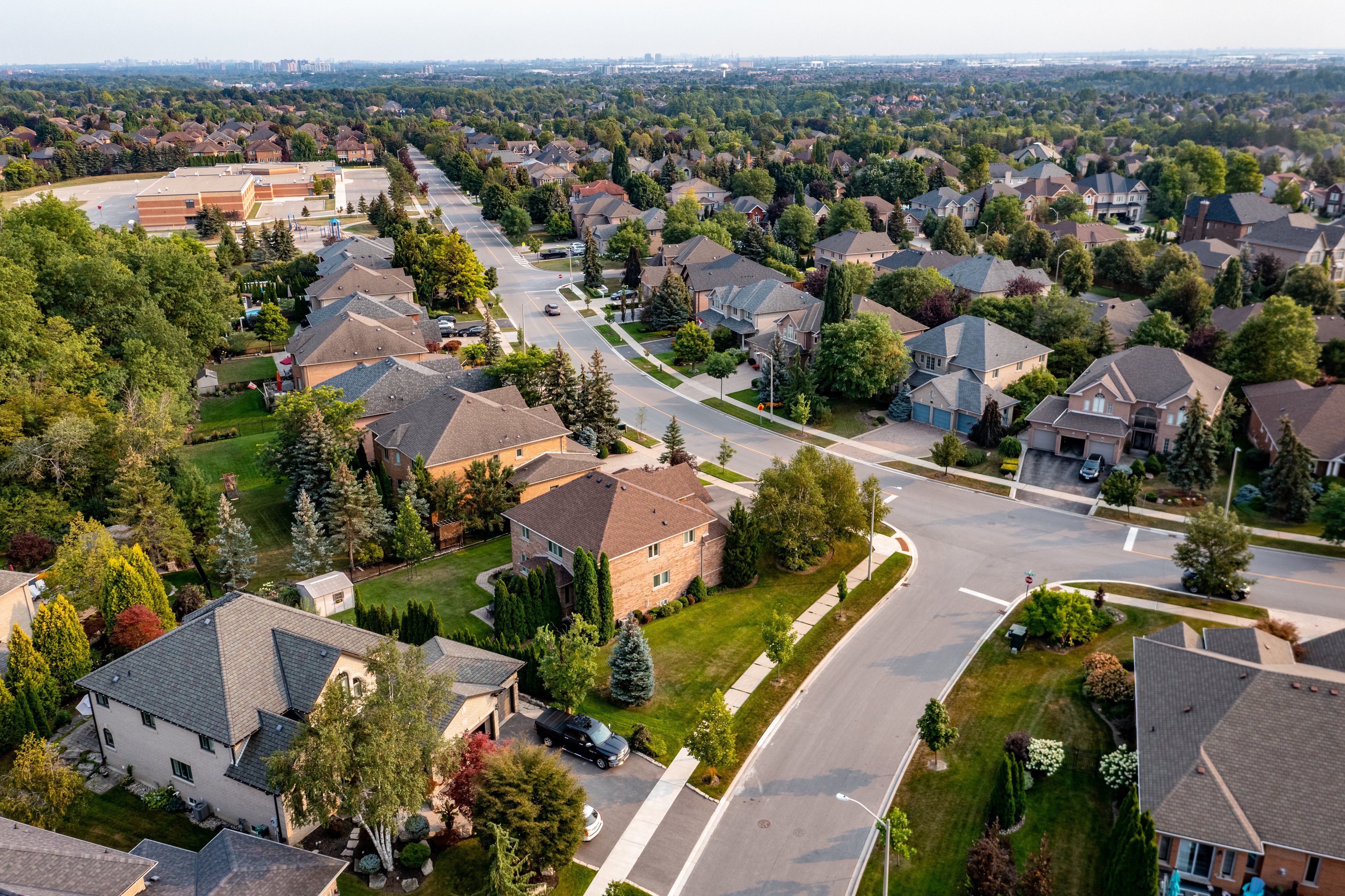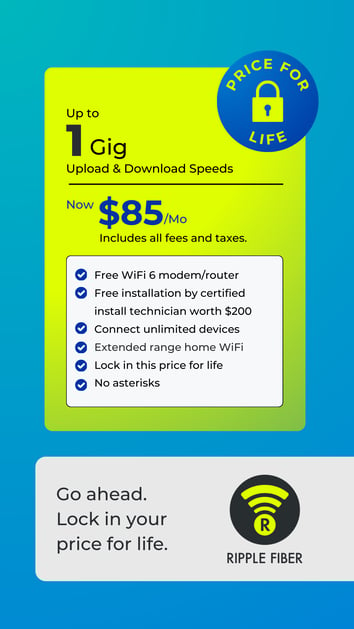As a homeowner, it's easy to assume that you have full control over every inch of your property. However, this isn't always the case. Most properties include a right-of-way that give utility companies, like those providing fiber internet, limited access to specific areas for maintenance, upgrades, or installation.
Understanding these rights-of-way and their impact on your property can give you peace of mind throughout the construction process. Find out everything you need to know about these areas and how they relate to fiber internet installation.
What is a right-of-way?
The right-of-way is the area between your property and the property owned by your town or city. This can include the grass between your sidewalk and the road, the space behind your property between your home and your neighbor, or a strip of grass right along the road. Rights-of-way can also be on side yards, especially in cases when power lines run across the street. Our crews will soon begin installing our fiber internet in these areas.
Why is the right-of-way important?
These designated areas ensure vital services like power and internet can reach each home and have minimal disruption. With a right-of-way, providers can repair and upgrade essential services without needing to request access each time they need it.
How can you find out if your property has a right-of-way?
The fastest way to find out if there’s a right-of-way on your property is to check your deed. If your property has one, you cannot build a structure or fence that could hinder a utility company, for example, from accessing that land.
How wide are most rights-of-way?
A right-of-way can vary in size, generally ranging from 10 to 50 feet wide. However, internet providers typically operate within a 5 to 10-foot area in a resident’s front yard. Homeowners should always be aware of a property’s specific measurements when adding any elements to their front yard, such as dog fences, sprinkler systems, and landscaping/hardscaping.
The bottom line
If your area is in the middle of the fiber internet installation process, it can be nerve-wracking to wonder if your lawn will look the same after it’s all over. However, you can rest assured that your property will be restored to the way it was (or better!) once the land restoration phase is complete.
For more details on Ripple Fiber’s process, watch our construction process video or read our blog all about our fiber internet installation process.


